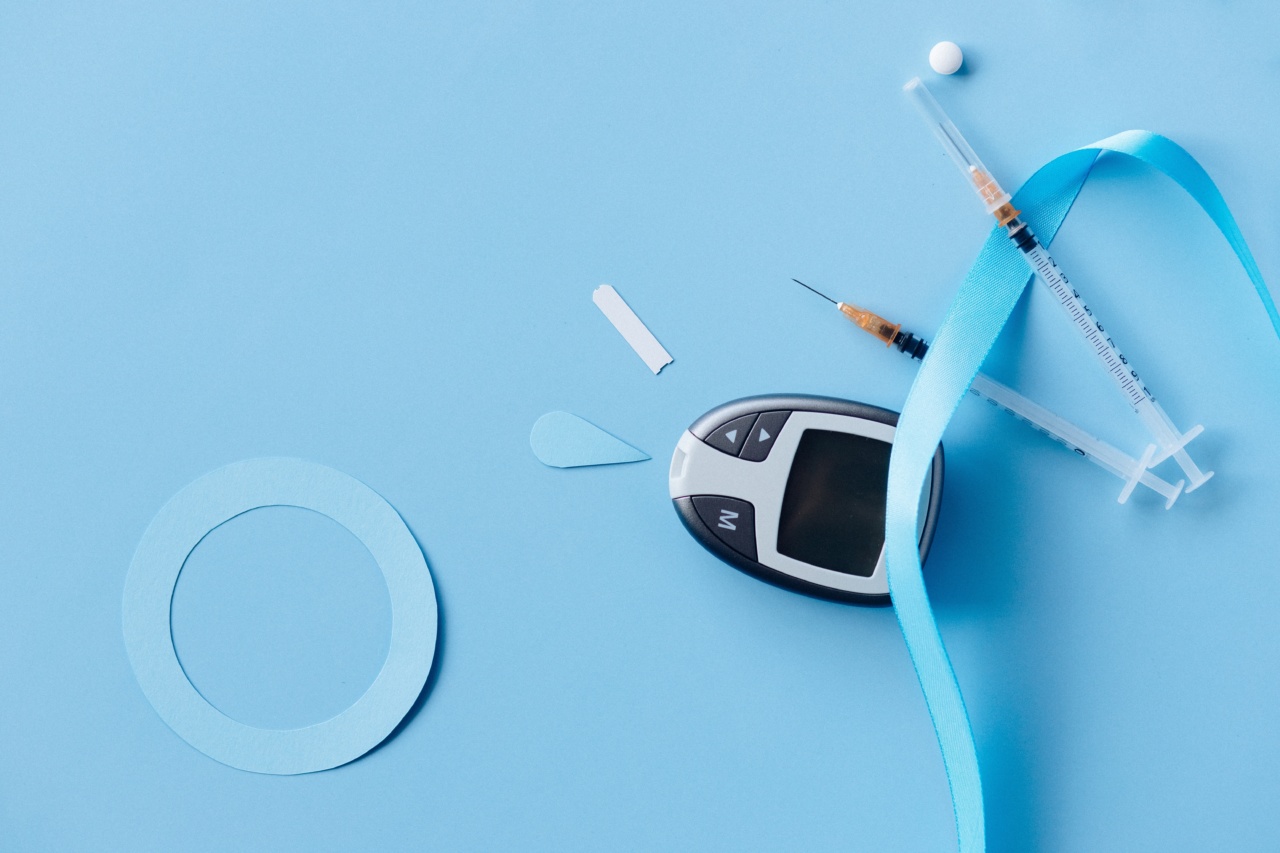Diabetes is a condition in which the body is unable to produce and use insulin effectively. Insulin is a hormone that regulates blood sugar levels. People with diabetes need to inject insulin daily to control their blood sugar levels.
Over the years, insulin treatments have been refined and advanced to make it more effective and convenient for people with diabetes. In recent years, researchers have made groundbreaking insulin treatments that have the potential to transform diabetes treatment.
What is insulin therapy?
Insulin therapy is the primary treatment for people with diabetes. The role of insulin therapy is to regulate blood sugar levels and prevent long-term complications associated with high blood sugar. Insulin is a hormone that is produced by the pancreas.
The pancreas releases insulin into the bloodstream when there is a rise in blood sugar levels. Insulin allows glucose from the bloodstream to enter the cells and be used for energy.
Types of Insulin
There are several types of insulin available on the market today. The most commonly used types of insulin are rapid-acting, short-acting, intermediate-acting, and long-acting insulin.
Each type of insulin is designed to work differently in the body, and the choice of insulin depends on the individual’s needs.
The revolution of insulin pens
Insulin injections were initially administered using syringes and needles. However, in recent years, insulin pens have become increasingly popular. Insulin pens are easy to carry around and are more discreet than syringe injections.
Insulin pens come in different types of insulin cartridges, and users can easily switch between different types of insulin with just one pen. This makes insulin therapy more convenient and flexible.
smart insulin pens: A recent breakthrough in insulin delivery
Smart insulin pens are the latest innovation in diabetes care. These pens are designed to help people with diabetes keep track of their insulin doses and monitor their blood sugar levels.
Smart insulin pens have a built-in digital display that shows the dose of insulin being administered, which can be programmed by the user. The pen also has a reminder feature that helps users remember to take their insulin. Some smart insulin pens are also integrated with glucose sensors that can wirelessly transmit blood sugar readings to a smartphone app.
Insulin pumps
Insulin pumps are another form of insulin delivery that has gained popularity in recent years.
Insulin pumps are small, portable devices that are worn outside the body, and they work by delivering a constant flow of insulin through a catheter inserted under the skin. Insulin pumps can be programmed to deliver insulin at different rates throughout the day, depending on the user’s needs. Like smart insulin pens, insulin pumps also help users monitor their blood sugar levels.
Artificial pancreas and closed-loop insulin delivery systems
Researchers have been exploring the development of artificial pancreas systems that mimic the natural pancreas to provide automated insulin delivery.
In an artificial pancreas system, a continuous glucose monitor measures blood glucose levels and communicates with an insulin pump that delivers insulin as needed. Closed-loop insulin delivery is a type of artificial pancreas that uses algorithms to determine the precise amount of insulin needed based on real-time glucose monitoring.
This technology is still under development, but it has the potential to revolutionize how people with diabetes manage their condition.
Gene therapy for diabetes
Researchers have also been exploring the use of gene therapy to treat diabetes. Gene therapy involves modifying or replacing genes to treat or prevent disease.
In the case of diabetes, gene therapy could be used to introduce new genes that could produce insulin or increase the sensitivity of cells to insulin. This approach could potentially cure diabetes, eliminating the need for insulin injections.
Conclusion
Diabetes is a challenging condition that requires daily management. Over the years, insulin treatments have become more effective and convenient, making it easier for people with diabetes to manage their blood sugar levels.
The development of smart insulin pens, insulin pumps, and closed-loop systems has transformed the way insulin is administered and monitored. The use of gene therapy is also promising, and researchers are continuing to explore new ways to treat and cure diabetes.




























